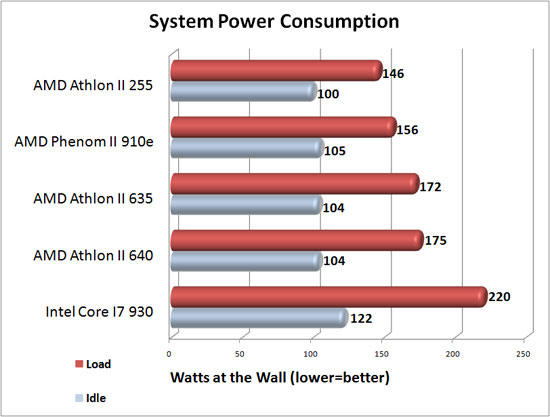

Ultimately, it expects to get to an average idle power consumption of less than 2 watts per hour - something it believes it can do with its portable speakers within 24 months.Īt the same time, the company is looking at a variety of ways to make its new products more environmentally friendly from a materials point of view.
#POWER CONSUMPTION SOFTWARE#
The goal, according to Sonos, is to design new products that replicate this energy efficiency while providing smaller efficiency gains to existing equipment using software updates. It achieves these numbers despite still offering advanced functionality like smart speaker voice commands and Apple’s AirPlay 2 wireless streaming protocol. The Roam’s idle state consumes only 1 watt per hour and it has an even lower-power sleep state that consumes a scant 0.1 watts. To address this challenge, Sonos says it is applying lessons learned from one of its newest products, the portable, rechargeable Sonos Roam. Multiplied over all of the Sonos products out in the wild, and it’s easy to imagine a much, much bigger number for total energy consumed. That seems like a small amount, but it’s a continuous, 24/7 drain that only stops when you unplug the product from the wall. Sonos says that in 2019, the average idle power consumption of its products (the power used when the speakers aren’t actually playing music) was 3.83 watts per hour. It’s a problem that feels deceptively simple. In other words, Sonos can make big improvements in its supply chain, the materials it uses, and its product packaging - all of which are under active review - but these won’t have as big an impact on its carbon bottom-line as figuring out ways to make its new and existing products more energy efficient. The reason Sonos is now laser-focused on the question of power is that more than 75% of its carbon emissions can be attributed to the energy consumed during its products’ lifecycle. “We are invigorated by the challenge to innovate and create better solutions for our customers and for the planet.” Simon Cohen / Digital Trends “With our Climate Action Plan, we’re entering a new phase in our commitment to environmental responsibility,” Sonos CEO Patrick Spence said in a press release. Going green in L.A.: First solar-powered, net-zero apartment complex opens California wants all-electric public bus fleet on its roads by 2040


 0 kommentar(er)
0 kommentar(er)
